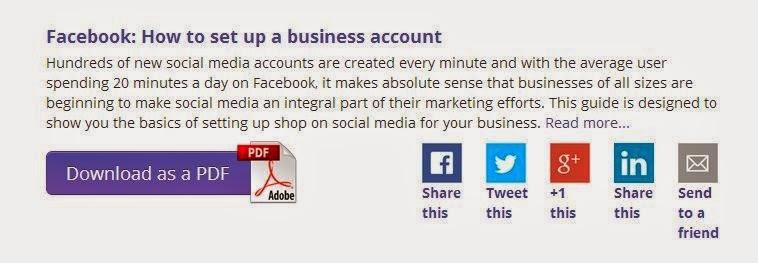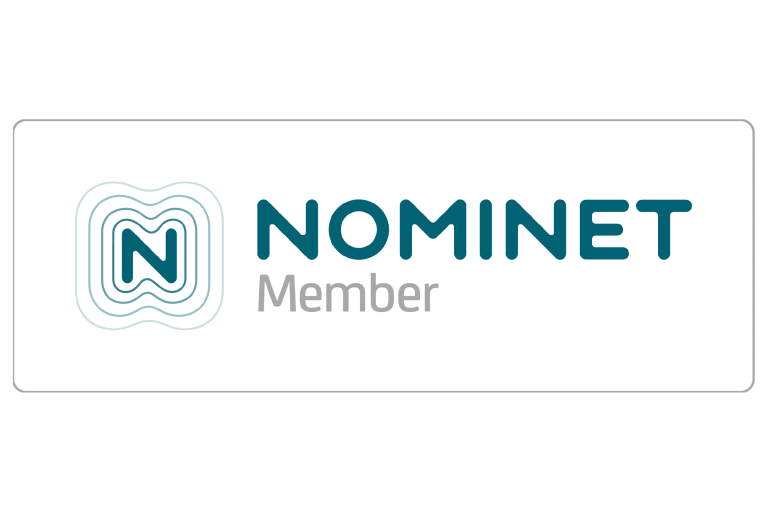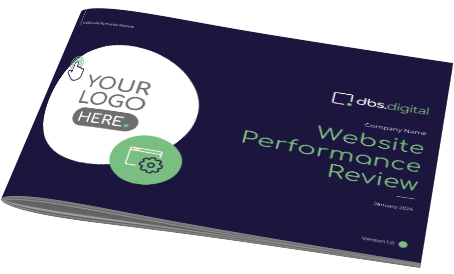Create a Call To Action That Actually Works.
You’ve fought hard to attract visitors to your website and you don’t want them all to leave your site without a trace. Whether visitors have arrived at your website through a Google search, a pay per click advert, your social media accounts or a marketing email, it’s essential that you find a way to build trust, keep the interest of your prospects and continue the sales process. Calls to action can help you to do just that.
What exactly is a call-to-action?
Put simply, calls to action (CTAs) are instructions that encourage your site visitors to complete an action, for example:
A CTA could come in the form of a button, a hyperlink or just plain text. As long as it’s obvious, clearly explained and simple for your visitor to use then it should be effective.
How does it work?
The trick here is to add value, not pressure. Free guides and helpful information give your prospects a chance to dip their toe in the water and find out more information, without feeling like they are being given the hard-sell or having to commit too early or too much.
There are plenty of different ways that you can utilise CTAs and experimenting to find the right one for your audience can be very worthwhile. Below are a few different ways that you could use CTAs. 
1. Call back forms “Arrange a call back” Not everyone visits your website during opening hours. By adding a form to arrange a call back you give yourself an opportunity to further explain your services and products to potential customers.
2. Newsletter sign-ups
“Get the latest internet marketing tips delivered to your inbox free” Sometimes prospects might not be ready to commit and will require a little more time to make their decisions. You can tailor a mailing list from the people who sign up for your newsletter via your website and ensure that you stay firmly on their radar.
3. Free trials
“Get started with a risk-free 30 day trial” If it’s a subscription based service that you’re offering then free trials can be a great way to win new business. Here, it’s important that your CTA builds trust and aims to alleviate any fears that your prospect might have, for example “you won’t be charged until after your 30 day trial ends, and you can cancel at any time.”
4. eBooks, video content and downloads
“Download as a PDF” This call to action uses a small picture of a PDF file, reassuring the reader that they won’t be downloading anything that will harm their computer. This works in a similar way to video content, where visitors will often trust an embedded YouTube video as they recognise it as a trustworthy brand.
Sharing insightful information with your prospects can be a great way to establish your credibility. By giving away knowledge through short form content like newsletters and videos and long form content like eBooks, you can appear smarter, more interesting and more helpful than your competitors so you are the natural person to reach out too when the time comes. This is called content marketing, which you can read more about here.

![clip_image002[4] Create a Call To Action](/wp-content/uploads/hubspot/dng3aca6jrkunwtsxop3c7pk6e.jpg)









